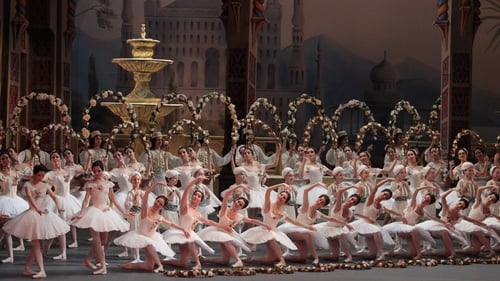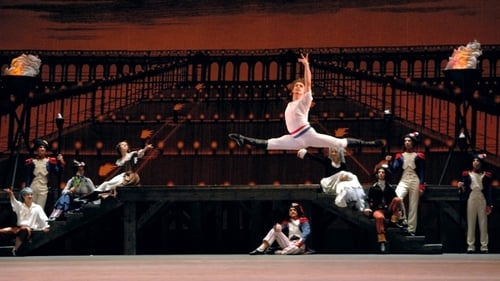
Lighting Design
On the day of his wedding, the young Scotsman James is awoken with a kiss from an ethereal winged creature, a Sylph. Entranced by her beauty, James risks everything to pursue an unattainable love… La Sylphide is not only the oldest of the classical ballets, but it also marks the start of dancing on pointe. The Bolshoi Theatre and Bolshoi Ballet in Cinema showcase Johan Kobborg’s production, which conveys the spirit of the ballet in this romantic tale. Anastasia Stashkevich appears as Sylph and Semyon Chudin as James.

Lighting Design
A companhia Victor Ullate Ballet traz uma nova versão de um importante clássico encenado internacionalmente. O diretor artístico e coreógrafo Eduardo Lao assumiu a tarefa de reinventar Coppelia, com sua versátil companhia de 23 dançarinos, a partir de sua visão pessoal. Ele enfatiza o espírito cômico de Coppelia, mantendo a trilha sonora original composta por Léo Delibes, em 1870

Lighting Design
On his wedding day, the young Scotsman James is awakened with a kiss from an ethereal winged creature, a Sylph. Entranced by her beauty, James risks everything to pursue an unattainable love. La Sylphide is one of the world’s oldest surviving ballets, and a treasure in Danish ballet master August Bournonville’s style. Staged for the Bolshoi by Bournonville expert Johan Kobborg, this production is the ultimate romantic masterpiece. Captured live from the Bolshoi Theater in Moscow.

Lighting Design
Inspired by Lord Byron’s epic poem, this jewel of the repertoire boasts a lavish production complete with a shipwreck, pirates, and some of ballet’s most renowned scenes.

Lighting Design
A tale of the French Revolution, The Flames of Paris belongs to the pearls of the pure classics of classical dance. This world premiere recording of the production from choreographer Alexei Ratmansky (after Vasily Vaynonenon) and the Bolshoi Ballet, features the standout soloists Natalia Osipova and Ivan Vasiliev. Although set in revolutionary France, The Flames of Paris was intended to serve as an allegory for contemporary events in the Soviet Union. The ballet premiered in 1932 on the anniversary of the October Revolution, and one of its main characters was the population - revolutionary in mood and ready for action. Not surprisingly, The Flames of Paris was quickly included in the ranks of works which were always presented for major anniversaries.The choreographer Alexei Ratmansky has attempted to make maximum use of the preserved fragments of Vasily Vainonen in his new ballet.




